Ford Puma VS Suzuki Swace – Specs, Efficiency & Price Comparison
Which model is the better choice – the Ford Puma or the Suzuki Swace? We compare performance (168 HP vs 140 HP), boot capacity (523 L vs 596 L), efficiency (13.10 kWh5.40 L vs 4.50 L), and of course, the price (24800 £ vs 31900 £).
Find out now which car fits your needs better!
The Ford Puma (SUV) is powered by a Petrol MHEV or Electric engine and comes with a Manuel or Automatic transmission. In comparison, the Suzuki Swace (Estate) features a Full Hybrid engine and a Automatic gearbox.
When it comes to boot capacity, the Ford Puma offers 523 L, while the Suzuki Swace provides 596 L – depending on what matters most to you. If you’re looking for more power, you’ll need to decide whether the 168 HP of the Ford Puma or the 140 HP of the Suzuki Swace suits your needs better.
There are also differences in efficiency: 13.10 kWh5.40 L vs 4.50 L. In terms of price, the Ford Puma starts at 24800 £, while the Suzuki Swace is available from 31900 £.
Compare all the key specs now and find out which model fits your lifestyle best!
Ford Puma
The Ford Puma presents itself as a stylish compact SUV with a distinctive design that combines practicality with a dynamic driving experience. Its sleek lines and sporty aesthetics make it stand out on the road, while the interior offers a comfortable and tech-savvy environment. With an emphasis on efficiency and a smooth drive, the Ford Puma is well-suited for both urban commutes and countryside adventures.
details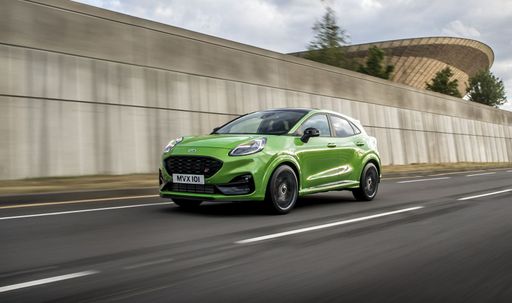 @ puma.fordpresskits.com
@ puma.fordpresskits.com
 @ puma.fordpresskits.com
@ puma.fordpresskits.com
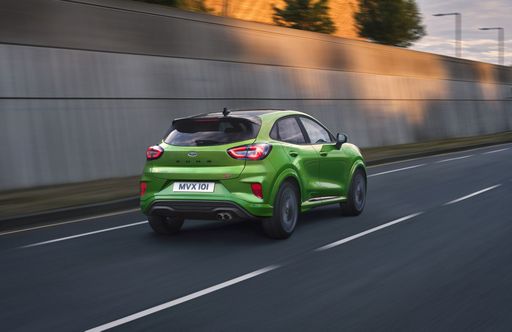 @ puma.fordpresskits.com
@ puma.fordpresskits.com
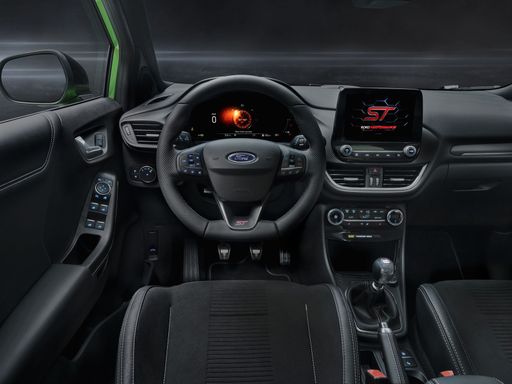 @ puma.fordpresskits.com
@ puma.fordpresskits.com
Suzuki Swace
The Suzuki Swace presents itself as a stylish hybrid estate car, combining practicality with eco-friendly credentials. Its sleek design is complemented by a comfortable and spacious interior, ideal for families and long journeys. The Swace's impressive fuel efficiency and advanced safety features make it a standout choice for those looking to merge economy with everyday usability.
details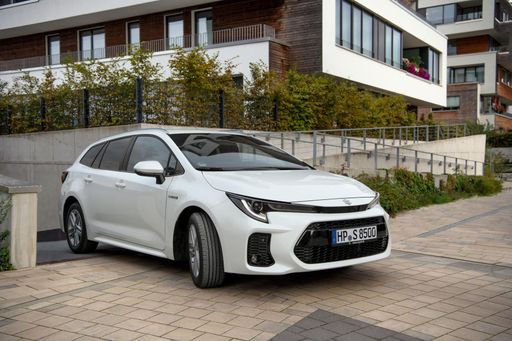 @ Suzuki
@ Suzuki
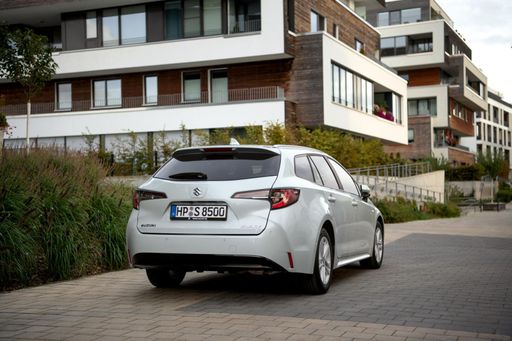 @ Suzuki
@ Suzuki
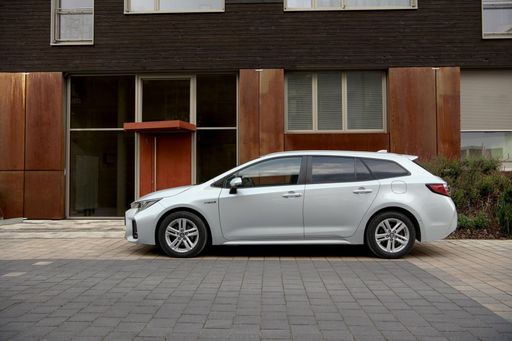 @ Suzuki
@ Suzuki
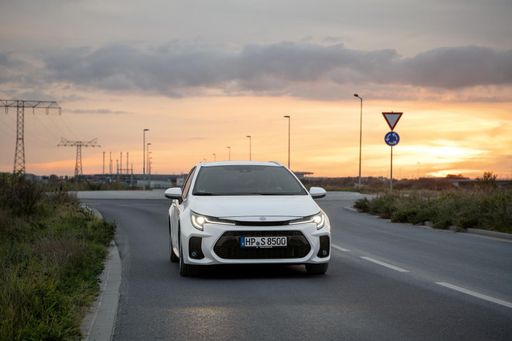 @ Suzuki
@ Suzuki
 @ Suzuki
@ Suzuki

|

|
|
|
|
Costs and Consumption |
|
|---|---|
|
Price
24800 - 36300 £
|
Price
31900 £
|
|
Consumption L/100km
5.4 - 6 L
|
Consumption L/100km
4.50 L
|
|
Consumption kWh/100km
13.1 - 13.7 kWh
|
Consumption kWh/100km
-
|
|
Electric Range
364 - 376 km
|
Electric Range
-
|
|
Battery Capacity
43 kWh
|
Battery Capacity
-
|
|
co2
0 - 136 g/km
|
co2
102 g/km
|
|
Fuel tank capacity
42 L
|
Fuel tank capacity
43 L
|
Dimensions and Body |
|
|---|---|
|
Body Type
SUV
|
Body Type
Estate
|
|
Seats
5
|
Seats
5
|
|
Doors
5
|
Doors
5
|
|
Curb weight
1316 - 1563 kg
|
Curb weight
1475 kg
|
|
Trunk capacity
456 - 523 L
|
Trunk capacity
596 L
|
|
Length
4186 - 4226 mm
|
Length
4655 mm
|
|
Width
1805 mm
|
Width
1790 mm
|
|
Height
1550 - 1555 mm
|
Height
1460 mm
|
|
Payload
367 - 469 kg
|
Payload
360 kg
|
Engine and Performance |
|
|---|---|
|
Engine Type
Petrol MHEV, Electric
|
Engine Type
Full Hybrid
|
|
Transmission
Manuel, Automatic
|
Transmission
Automatic
|
|
Transmission Detail
Schaltgetriebe, Automat. Schaltgetriebe (Doppelkupplung)
|
Transmission Detail
-
|
|
Drive Type
Front-Wheel Drive
|
Drive Type
Front-Wheel Drive
|
|
Power HP
125 - 168 HP
|
Power HP
140 HP
|
|
Acceleration 0-100km/h
7.4 - 9.8 s
|
Acceleration 0-100km/h
9.40 s
|
|
Max Speed
160 - 210 km/h
|
Max Speed
180 km/h
|
|
Torque
170 - 290 Nm
|
Torque
-
|
|
Number of Cylinders
3
|
Number of Cylinders
4
|
|
Power kW
92 - 124 kW
|
Power kW
103 kW
|
|
Engine capacity
999 cm3
|
Engine capacity
1798 cm3
|
General |
|
|---|---|
|
Model Year
2024 - 2025
|
Model Year
2024
|
|
CO2 Efficiency Class
D, E, A
|
CO2 Efficiency Class
C
|
|
Brand
Ford
|
Brand
Suzuki
|
Ford Puma
A Glimpse into the Ford Puma: Fusing Style with Innovation
The Ford Puma stands as a testament to modern engineering fused with style. This compact SUV is not just about aesthetics but brings to the table an array of technical innovations, topped with the reliability and performance Ford is known for. Let's delve into the technical specifics and innovative features that make the Ford Puma a stellar choice for any car enthusiast.
Powertrains and Performance
The Ford Puma is offered with a range of powertrains designed to deliver optimal performance whilst minimising fuel consumption. At the heart of this compact SUV is the 1.0 EcoBoost Hybrid engine, available in both 125 PS and 155 PS variants. This engine is a marvel of engineering, optimised to deliver power efficiently with a remarkable fuel consumption ranging from 5.4 to 5.7 L/100km for manual versions, and slightly higher for the automated variants.
The top-end 1.5 EcoBoost ST variant takes performance up a notch, providing a robust 200 PS that propels the Puma from 0 to 100 km/h in just 6.7 seconds. This variant is perfect for those who prioritise performance and exhilaration in their driving experience.
Mild-Hybrid Technology
The Puma's mild-hybrid technology plays a significant role in enhancing fuel efficiency and reducing emissions. By utilising a belt-driven integrated starter/generator, the Puma recovers energy usually lost during braking, storing it in a 48-volt lithium-ion battery. This stored energy is then used to assist the engine, providing a boost during acceleration and smoothing out the stop-start technology, ultimately leading to enhanced fuel efficiency.
Design and Comfort
The Ford Puma does not compromise on style and comfort with its ergonomic and stylish design. The SUV is available in multiple trims including the ST-Line, Titanium, and the luxurious Vignale editions, each offering unique aesthetic and technological enhancements. These trim levels provide varied offerings in terms of both exterior styling and interior comfort, ensuring there's a Puma that meets every personal preference.
Inside, the Puma offers a driver-focused cockpit with advanced technological integrations such as the SYNC 3 infotainment system, providing seamless connectivity and intuitive control of the vehicle's numerous technological features.
Safety and Technology
Safety remains paramount, and the Ford Puma is equipped with the latest security and technology features. It boasts the Ford Co-Pilot360 suite which includes adaptive cruise control, pre-collision assist with autonomous emergency braking, and lane-keeping assist, enabling a safer driving experience on both city roads and highways.
Versatility and Practicality
Beyond performance and safety, the Ford Puma shines in its versatility. With a boot capacity of 456 litres, it offers ample space for all sorts of adventures, whether you're heading on a family trip or loading sports equipment. Its innovative MegaBox is an extra storage solution, providing additional space below the boot floor.
The Puma's agile handling, paired with its compact dimensions—spanning a length of 4186 to 4266 mm and a width of 1805 mm—makes it an ideal choice for urban commuting and beyond.
Conclusion
In conclusion, the Ford Puma beautifully blends practical features with cutting-edge technology, offering a package that appeals to both the tech-savvy driver and those seeking comfort and reliability. Its range of innovative features, powerful yet efficient engine options, and a design that is both functional and stylish make it a frontrunner in the compact SUV market.
Whether you're drawn by the efficient mild-hybrid engines or the robust performance of the ST variant, the Ford Puma represents a modern driving experience where innovation meets everyday usability.
Suzuki Swace
Introducing the Suzuki Swace: A Hybrid Revolution
The Suzuki Swace, a remarkable addition to the hybrid market, promises a blend of efficiency and performance. Designed for those who appreciate sustainability without compromising on comfort, this estate car is set to redefine the hybrid experience.
Powertrain and Efficiency
At the heart of the Suzuki Swace lies a sophisticated full-hybrid system. With a 1.8-litre engine paired with an electric motor, the Swace delivers a combined power output of 140 PS (103 kW). This combination ensures optimal fuel efficiency, with a consumption rate of just 4.5 L/100 km, making it an economical choice for eco-conscious drivers.
Utilising a continuously variable transmission (CVT), the Swace seamlessly transitions between power sources. This system, alongside its front-wheel-drive configuration, guarantees a smooth and responsive driving experience. Drivers can also take comfort in the car's CO2-efficiency rating of Class C, with emissions as low as 102 g/km.
Sleek Design and Practical Features
The Suzuki Swace's design exemplifies understated elegance. Measuring 4,655 mm in length, 1,790 mm in width, and 1,460 mm in height, it boasts a spacious interior while maintaining an agile footprint suitable for urban environments.
With a generous boot capacity of 596 litres, the Swace is perfect for weekend getaways or the daily commute. The estate's ability to comfortably seat five occupants alongside its ample cargo space highlights its versatility.
Innovative Technology
The Swace comes equipped with a range of state-of-the-art technologies designed to enhance driver convenience and safety. Adaptive cruise control, lane tracing assist, and pre-collision systems are part of its standard suite, ensuring a secure journey every time.
The console's infotainment system integrates seamlessly with smartphones, offering connectivity features such as Apple CarPlay and Android Auto, ensuring you stay connected on the move.
Cost of Ownership
With an estimated monthly cost of €981, the Suzuki Swace is an attractive option for those seeking a cost-effective yet feature-rich hybrid vehicle. Its competitive pricing is complemented by economic benefits, such as lower fuel consumption and maintenance costs, solidifying its status as a wise investment.
Conclusion
The Suzuki Swace marks a significant step forward in the hybrid vehicle segment. Its blend of hybrid efficiency, innovative technology, and practical design makes it a perfect choice for modern consumers who value affordability, style, and sustainability.
The prices and data displayed are estimates based on German list prices and may vary by country. This information is not legally binding.
